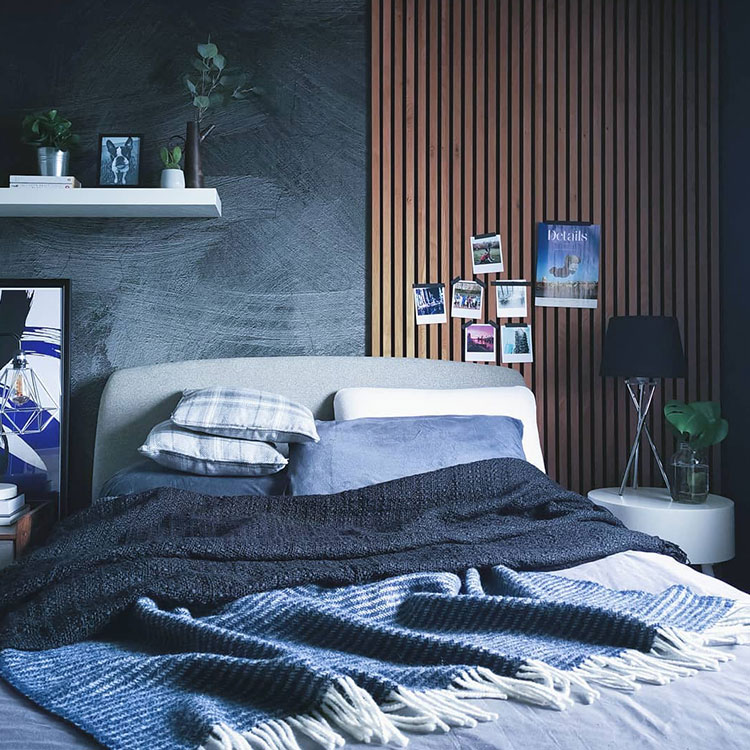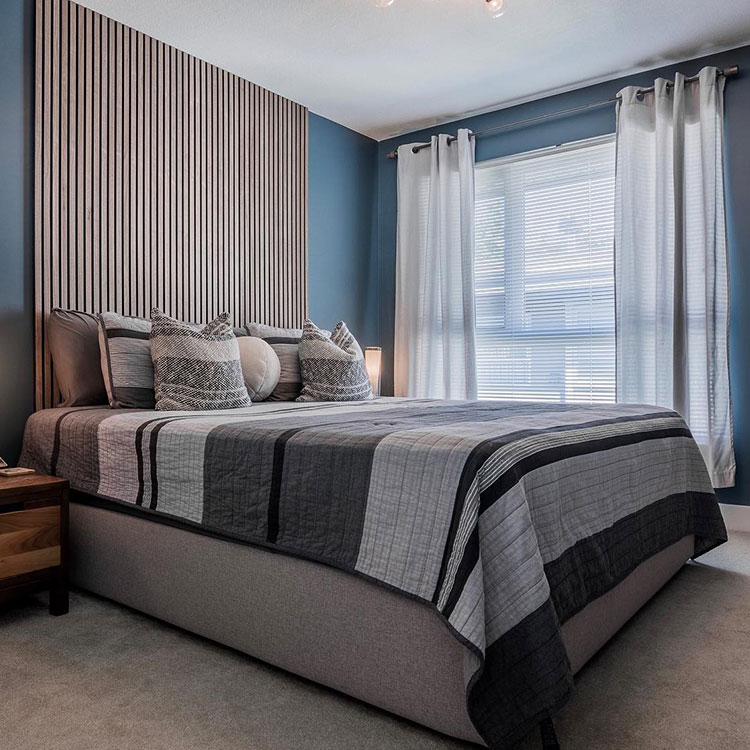When it comes to creating an effective sound environment, there are two primary options: sound absorption and sound masking. Both methods are intended to reduce or eliminate unwanted noises, but they approach this goal in different ways.
Sound absorption is the process of reducing the level of unwanted noise by absorbing it with materials such as acoustic panels, foam, or cork. These materials absorb sound energy and prevent it from reflecting back into the environment, creating an echo or reverberation. While sound absorption can be very effective in reducing noise levels in a particular area, it is typically not effective in masking undesired sounds from adjacent spaces.
Sound masking, on the other hand, involves adding a layer of noise to a space in order to mask out unwanted sounds. This can be done through the use of white noise machines, fans, or simply through the use of background music or ambient noise. By adding a constant level of noise, the undesired sounds are less noticeable to those in the space, thereby creating a more effective sound environment.
So, how do sound absorption and sound masking compare when it comes to effectiveness? The answer depends on the specific situation and desired outcome. In some cases, sound absorption may be the most effective option. For example, in a recording studio or home theater, sound absorption is essential for producing crisp, clear audio. In a restaurant or office space, however, sound masking may be the better choice, as it can create a more comfortable environment for employees or patrons.
Another key factor to consider when comparing sound absorption and sound masking is cost. Sound absorption materials can be expensive, particularly if a large amount of space needs to be covered. Sound masking, on the other hand, can be achieved with a relatively inexpensive white noise machine or other noise-producing device.
Ultimately, the decision to use sound absorption, sound masking, or a combination of both methods will depend on a variety of factors, including the specific environment, the desired outcome, and the budget. It is important to carefully evaluate each option in order to determine the most effective solution for any given space.
In conclusion, both sound absorption and sound masking can be effective tools for creating a better sound environment. While they differ in their approach, both methods have their advantages and disadvantages. By carefully considering the specific needs and situation of a space, it is possible to determine the most effective solution for reducing or eliminating unwanted noise.


Post time: May-16-2023







